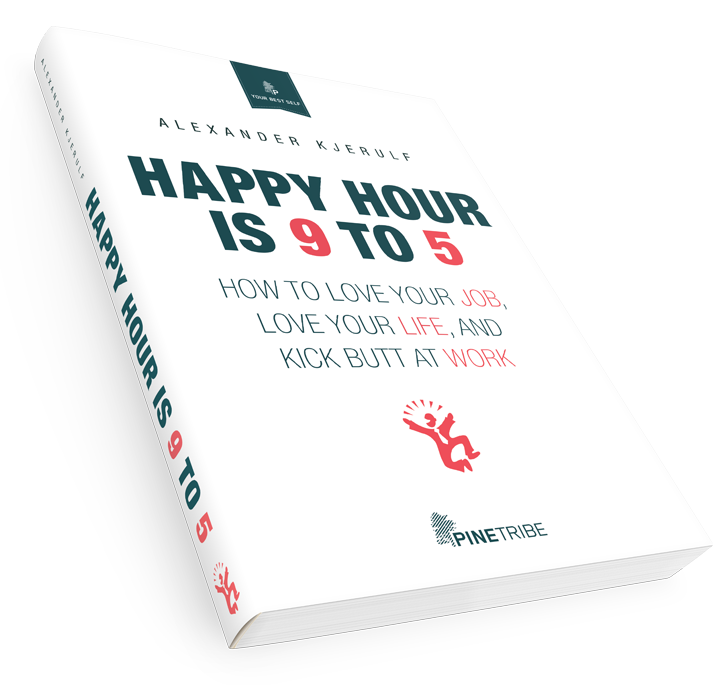Almost every company talks about empowering their employees, but few actually do it an any meaningful way. In many cases it becomes a sham process, where employees are encouraged to voice their opinions and those opinions are then promptly ignored.
And the best (or is that worst) symbol of fake empowerment is the suggestion box. Many workplaces have one hanging on a wall somewhere. You can stick in your idea, but then what? Who (if anyone) will read it? Will it ever be acted upon? If not, why not? If it is, who will take credit?
It’s time to kill off the suggestions box and the coolest way I’ve seen to do this comes from marketing agency Quirk based in Cape Town, Johannesburg and the UK.
They have created a process that let’s anyone in the company suggest ideas, gather support for them and then have them implemented (or not). When I visited their Cape Town HQ I had a chance to see it for myself, and I think every workplace who wants to give their employees a voice should do something similar.
This flowchart shows how it works:

The first step is to post your idea to a board that hangs in a prominent spot in the office and get 12 of your coworkers to also sign on. If you like an idea, you show your support in a very low-tech way: you put a sticker on it.
Some ideas die at this stage – there’s just not enough energy or support behind the proposal. All ideas that don’t make it for one reason or another are displayed in The Graveyard:
Here you can see each idea that failed and why.
If an idea does get the necessary support, the person behind it writes a one-page proposal which is then submitted to Quirk’s EXCO, which is basically their top leadership team.
If they approve it, the idea goes ahead immediately and is placed on the “Ideas in motion” section of the board:
Ideas that were previously approved are shown on the “It’s happening” section.
Of course, the leadership group can turn the idea down, and if they do, they must carefully explain why they don’t think it’s a good idea. They can’t just say “No” or “Maybe later.”
But as you can see from the flow chart above, even if the leadership group turns an idea down, that need not be the end of it. If a person feels that this idea is still to good to ignore, it can be put to a debate and subsequent vote inside the company. If the idea is voted through, this overrides the EXCO’s decision and the idea goes ahead anyway.
Another thing they do on the board is highlight the costs of previous ideas, so employees know how much things end up costing.
I think this process is absolutely brilliant for 5 reasons:
1: It’s visual
It’s not just a bunch of documents or lines in a spreadsheet – this is highly visual which gives you a great overview. It’s also well-designed and looks pretty, which probably helps a little too.
2: It’s low-tech
This could also be done on the intranet or in an app, but I kinda like that it’s on paper and cork board and you vote with stickers. This also makes it very flexible. Also, a page or an app is on demand – that means that people need to be proactive to access their democracy (and apathy is a killer). This board is a sort of dynamic wallpaper – it sits in front of your eyes while you butter your toast in the kitchen – you can be as passive as you like – the democracy comes to you.
3: It’s fast
The process is fast. The leadership group have committed to addressing each idea at their next meeting and this means that ideas can get acted on while the energy is still there.
4: It has memory
The board is a great record of previous failed ideas (so you don’t have to deal with the same proposals once every 6 months from different people and it also highlights ideas that were implemented, so you can see that this actually works.
5: It’s transparent
This takes most of the politics out of these ideas. Getting your idea implemented is not about who you know or how well you can lobby for it, it’s about gaining support for good suggestions.
There is zero doubt that autonomy and control over our own situation makes us happy. The more we can meaningfully contribute to things we care about at work, the prouder and happier we feel. And that way the company can also better tap into the creativity of its employees and become more efficient.
So simply put:
Fake empowerment = frustration and cynicism.
Real empowerment = trust and happiness.
Your take
Does your workplace empower its employees? For real or in a fake way? If you have a really good idea, do you know where to go with it?
Related posts
- Is your workplace a democracy or a dictatorship?
- Meet the company that has no meetings, no emails, no fear and no bosses.
Photo credits: The awesome picture above of the suggestion box is from a train station in Moshi, Tanzania and was originally shown here. All other photos are courtesy of Quirk.









Leave a Reply